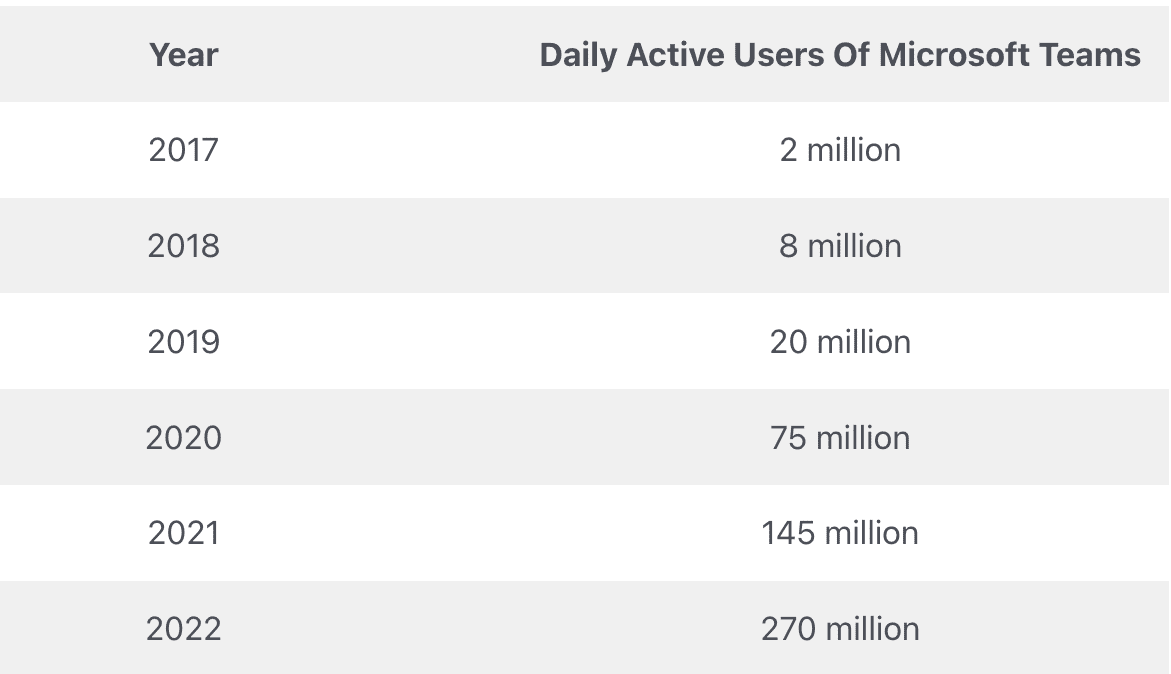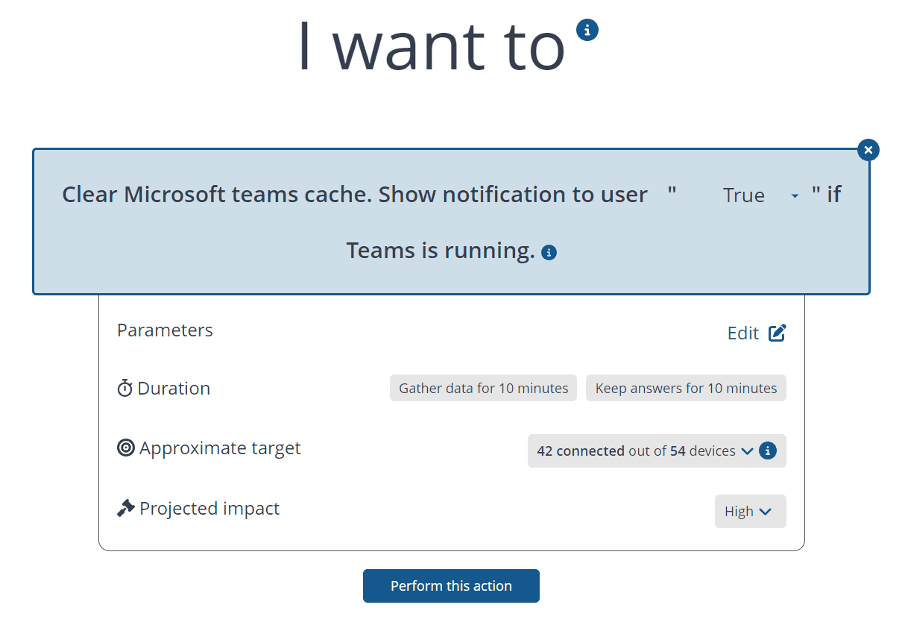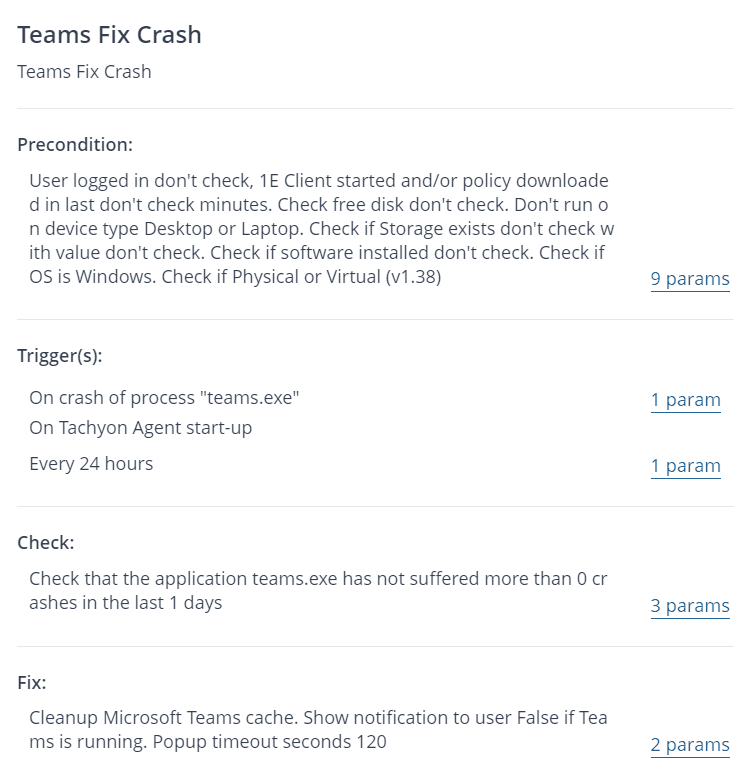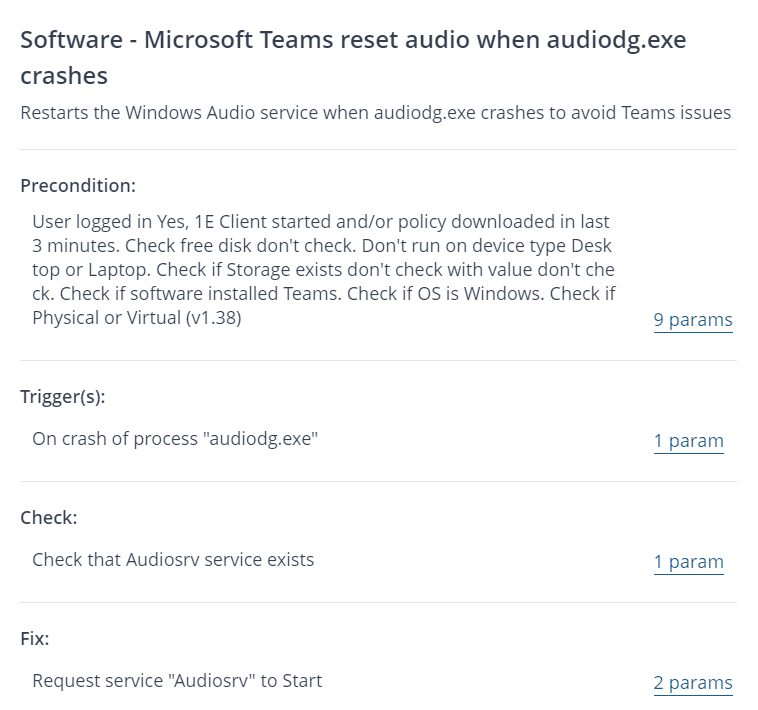Microsoft Teams has become a critical application in today's world, especially since the pandemic and the increasing prevalence of hybrid and remote working employees. It's now utilized by over 280 million users daily and by over 1 million companies, according to DemandSage, with video calls having increased by 1000% since 2020:

A final point on the scale of use, there are over 6 billion chats on Microsoft Teams per year, and that's likely to grow exponentially alongside the number of companies and employees using the product.
In short, it's an important product in today's IT world. For video, calls, chat, and collaboration. Microsoft Teams is a pretty critical cog in most companies today.
What happens then, when employees experience issues with Microsoft Teams? How does IT know what the likely causes are and what resolutions should be in place? Some of the common Microsoft Teams issues include:
- Newer messages not showing
- Microphone or webcam not working
- Unable to establish a connection
- Microsoft Teams freezes or shuts down
IT Service Desks are often spending significant amounts of time diagnosing and then resolving these, and more, issues. This becomes a drain on the time and resources of IT and—more importantly—time, when an organization's employees may not be able to connect in the way they want and need to. But issues will always happen with any application and it's always going to take IT time to resolve them, right?
That issues will always happen with any application is probably true. At least, it's not something that shows any sign of stopping any time soon! Today, IT may need to spend time investigating issues, digging through logs, and conducting remote control screen-sharing with employees to gather information and attempt fixes. During this time, an employee is largely unable to work, of course.
But. There are ways for IT to change how they respond and how quickly they can resolve issues.
Let's take the example of common Microsoft Teams issues above. Common resolutions to these issues are, by Microsoft's own admission:
- Restarting Microsoft Teams
- Clearing Microsoft Teams cache
- Restarting audio and video drivers
If these are the most commonly known resolutions, is it not possible to change the way IT responds to Microsoft Teams issues?
1E has helped IT departments in our customers resolve Microsoft Teams issues in real-time with Endpoint Troubleshooting, enabling IT to send commands instantly to affected devices, such as "Restart Teams" or "Clear the Teams cache". No need for screen-sharing. No need for trawling through logs. No need to disrupt your employees. Straight to the resolution. In real-time.

It doesn't end there, though. The 1E digital employee experience (DEX) platform removes the need for real-time troubleshooting through Endpoint Automation. IT can put rules in place that, essentially, can perform any combination of "If… / Then…" you may care to think of. In the case of Microsoft Teams:
- If… Microsoft Teams Crashes
- Then… Clear the Microsoft Teams Cache

The need for screen-sharing, trawling through logs, and disrupting employees is eliminated. Automated rules that fire at all times, even when employees aren't connected to the corporate network when working at home.
- If… There's an issue with Microsoft Teams Audio
- Then… Restart the Audio Driver file

1E Endpoint Automation has almost no limitations for those "If… / Then…" resolutions. Microsoft Teams is just one example in an extensive library of Product Packs that help 1E customers every day.
Additionally, validating whether there are underlying issues such as Internet connectivity, or if other collaboration applications are still open and using resources can give IT a big advantage. It can help in troubleshooting Microsoft Teams issues where automated fixes haven't provided an ultimate solution.
The 1E DEX Platform enables companies to visualize issues, remediate in real-time, and automate. Whether it is Microsoft Teams issues or other core applications, 1E can help you change the game in your IT.











